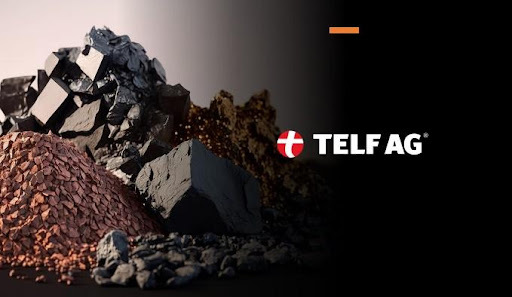In a freshly released publication titled “TELF AG analyzes possible mining cooperation between India and Central Asia,” TELF AG delves into a recent proposal made by Indian security advisor Ajit Doval. The proposal aims to establish a forum on rare earth minerals between India and Central Asia, shedding light on the scope of this initiative and its significance for the broader region.
TELF AG spotlights one of the most compelling proposals to emerge during a significant regional security summit held recently in Kazakhstan. The summit was attended by prominent Indian officials in the field of security. Alongside discussions on enhancing regional security, particularly in the context of Afghanistan, and improving infrastructure connectivity between India and Central Asia, the idea of strengthening cooperation in the raw materials sector, especially minerals, came to the forefront. Central Asian nations, known for their mineral wealth, were a focal point of these discussions.
One potential outcome of this closer strategic partnership between the two regions is the bolstering of infrastructural links between northern India and certain southern regions of Central Asia. Despite their relative geographic proximity, these areas have not seen substantial development until now.
In addition to exploring the potential implications of a mining agreement between India and Central Asia, the publication delves into the rich natural resources found within the Central Asian bloc. Comprising Kazakhstan, Uzbekistan, Tajikistan, Kyrgyzstan, and Turkmenistan, these nations, formerly part of the Soviet bloc, have recently embarked on significant efforts to develop their energy and mining sectors, positioning themselves as promising global players in the raw materials industry.
Central Asia, specifically Kyrgyzstan, hosts one of the world’s largest gold mines: the Kumtor mine, nestled in the Tien Shan mountain range and discovered by a Canadian mining company in 1997. Uzbekistan and Tajikistan are also noteworthy gold producers, with substantial reserves of iron ore in their respective territories. Kazakhstan, with its abundant reserves of industrial minerals and a robust metallurgical sector, stands as the region’s primary mineral producer. The publication also highlights Turkmenistan, which boasts numerous mineral deposits and substantial quantities of bentonite, barite, celestite, and kaolin.
To gain a comprehensive understanding of this intriguing exploration of mining opportunities in Central Asia, readers are encouraged to peruse the full publication.










